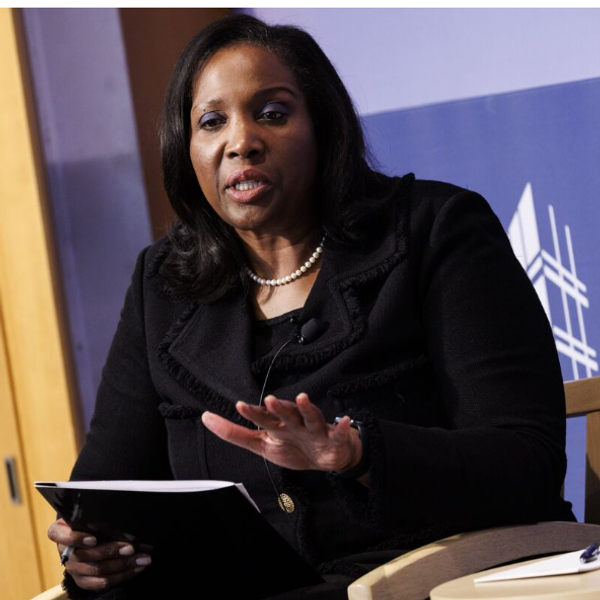Why The Press Shouldn’t Believe Anything The White House Tells Them

Reprinted with permission from Media Matters for America.
Sitting down for his first presidential phone call with Russian President Vladimir Putin on Saturday, President Donald Trump and his Russian counterpart “vowed to repair relations between the countries,” during a “warm” hour-long discussion, The New York Times reported.
The two men promised “to join forces to fight terrorism in Syria and elsewhere, according to the White House and the Kremlin,” noted The Washington Post, and the confab was “positive,” according to a White House statement quoted by NBC News.
Reuters agreed: “Russian President Vladimir Putin and U.S. President Donald Trump agreed to try to rebuild U.S. Russia ties and to cooperate in Syria, the Kremlin said on Saturday.”
Virtually all the coverage of the Putin-Trump phone call was identical and had the same feel-good vibe, because the information about the call all came from the same two sources: a statement released by the White House, and one put out by the Kremlin. (“The chat took place in a positive and business-like tone.”)
Noticeably absent from the phone call? According to the White House, Putin and Trump did not talk about U.S. sanctions currently in place against Russia and whether Trump will lift them, even over objection from members of his own party. White House chief of staff Reince Priebus “refused to say whether” there was discussion during the call of U.S. intelligence agencies’ conclusion that Russia made a concerted effort to influence the November election in favor of Trump. The White House and Kremlin accounts suggest they never talked about news that two Russian intelligence officers who had worked on cyber-operations had been arrested on treason charges, in a move that some observers think may be related to Russia’s attempts to influence the U.S. election, or that there was any discussion of allegations that Russian operatives “claim to have compromising personal and financial information about Mr. Trump.”
Instead, there wasn’t even a hint of discord between the two leaders, according to the press reports. And maybe there wasn’t any. But again, journalists received all their call information from aides who crafted public statements, which reporters then typed up as fact.
That in and of itself is not unusual. Reporters have routinely relied on the White House to release information about diplomatic calls and other commonplace events not witnessed by journalists. It represents a fairly routine interaction between the two sides.
But we’re in a new, drastically more dishonest era now, and it’s time for reporters to question even the most customary communications released by the White House, or background information offered up by aides.
As Dan Pfieffer, a former senior advisor to President Obama, suggested:
Given all the lies told by Trump aides on background, the media needs to stop quoting them until they can confirm the claim via reporting
— Dan Pfeiffer (@danpfeiffer) January 30, 2017
This shift represents another way the press needs to rip up the old rules for covering the White House, simply because we’ve never had a White House staffed with so many dishonest people embracing “alternative facts”; dishonest people whose fabrications are easily and quickly disproven. (Even regarding statistics.)
The problem isn’t just Trump. During his first week serving as White House press secretary, Sean Spicer became well known for the lies he told on behalf of his boss.
The reporting on the Putin-Trump phone call might seem like a small matter, but the context looms large: Even the most pedestrian interactions between the White House and the press are now open to suspicion. And it’s time to retire the idea that just because a White House statement asserts a fact, that reporters ought to relay it as one.
For instance, here’s how NBC News reported on the phone Putin-Trump phone call:
The approximately hour-long call was described as “positive” and “a significant start to improving the relationship between the United States and Russia that is in need of repair,” The White House said in a statement.
A more accurate wording would have been this (emphasis added):
The approximately hour-long call was described as “positive” and “a significant start to improving the relationship between the United States and Russia that is in need of repair,” The White House claimed in a statement.
It may seem minor, but it represents an important signal for the press to send Trump and his team, that after less than two weeks in office they have done very little to prove that they can regularly tell the truth about much of anything. What we’re seeing isn’t the traditional dance between the White House and the press, where aides spin on behalf of their boss and reporters parse out the truth. Instead, we’re seeing a non-stop attempt to steamroll — to gaslight — the press.
And here’s what was telling. The same day the Times relied on a White House statement to give the paper details about the Putin-Trump call, details that the Times then presented as fact to its readers, the paper ran a front-page story that basically detailed Trump’s long-time habit of lying about everything, all the time:
[T]he mystifying false statements about seemingly trivial details, the rewriting of history to airbrush unwanted facts, the branding as liars those who point out his untruths, the deft conversion of demonstrably false claims into a semantic mush of unverifiable “beliefs.”
So if newsrooms understand that falsehoods are the currency that Trump and his White House aides trade in each day, then reporters should stop treating unconfirmed claims from the White House as fact. Even when the supposed facts revolve around everyday matters like diplomatic phone calls.
IMAGE: White House spokesman Sean Spicer holds a press briefing at the White House in Washington, D.C., U.S. January 24, 2017. REUTERS/Kevin Lamarque








